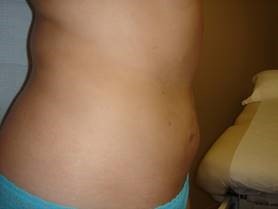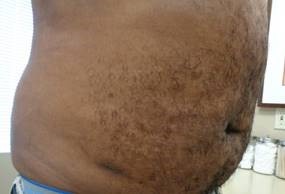| All About Monkeypox According to the CDC
It was discovered in 1958 in a colony of monkeys. The first known case in humans was in 1970. Primates such as monkeys and rodents spread the disease to humans. It is unknown how it came into existence.
Monkeypox spreads in a few ways.
· Monkeypox can spread to anyone through close, personal, often skin-to-skin contact, including:
· Direct contact with monkeypox rash, scabs, or body fluids from a person with monkeypox.
· Touching objects, fabrics (clothing, bedding, or towels), and surfaces that have been used by someone with monkeypox.
· Contact with respiratory secretions.
· This direct contact can happen during intimate contact, including:
· Oral, anal, and vaginal sex or touching the genitals (penis, testicles, labia, and vagina) or anus (butthole) of a person with monkeypox.
· Hugging, massage, and kissing.
· Prolonged face-to-face contact.
· Touching fabrics and objects during sex that were used by a person with monkeypox and that have not been disinfected, such as bedding and towels.
· A pregnant person can spread the virus to their fetus through the placenta.
It’s also possible for people to get monkeypox from infected animals, either by being scratched or bitten by the animal or by preparing or eating meat or using products from an infected animal.
A person with monkeypox can spread it to others from the time symptoms start until the rash has fully healed and a fresh layer of skin has formed. The illness typically lasts 2-4 weeks.
(Did You Know? Monkeypox is not related to chickenpox. It is a member of the variola viruses, which includes smallpox.)
Monkeypox symptoms usually start within 3 weeks of exposure to the virus. If someone has flu-like symptoms, they will usually develop a rash 1-4 days later.
Symptoms of monkeypox can include:
· Fever
· Headache
· Muscle aches and backache
· Swollen lymph nodes
· Chills
· Exhaustion
· Respiratory symptoms (e.g., sore throat, nasal congestion, or cough)
· A rash that may be located on or near the genitals (penis, testicles, labia, and vagina) or anus (butthole) but could also be on other areas like the hands, feet, chest, face, or mouth.
· The rash will go through several stages, including scabs, before healing.
· The rash can look like pimples or blisters and may be painful or itchy.
Take the following steps to prevent getting monkeypox:
· Avoid close, skin-to-skin contact with people who have a rash that looks like monkeypox.
· Do not touch the rash or scabs of a person with monkeypox.
· Do not kiss, hug, cuddle or have sex with someone with monkeypox.
· Avoid contact with objects and materials that a person with monkeypox has used.
· Do not share eating utensils or cups with a person with monkeypox.
· Do not handle or touch the bedding, towels, or clothing of a person with monkeypox.
· Wash your hands often with soap and water or use an alcohol-based hand sanitizer, especially before eating or touching your face and after you use the bathroom.
There are no treatments specifically for monkeypox virus infections. However, monkeypox and smallpox viruses are genetically similar, which means that antiviral drugs and vaccines developed to protect against smallpox may be used to prevent and treat monkeypox virus infections.
-CDC |












